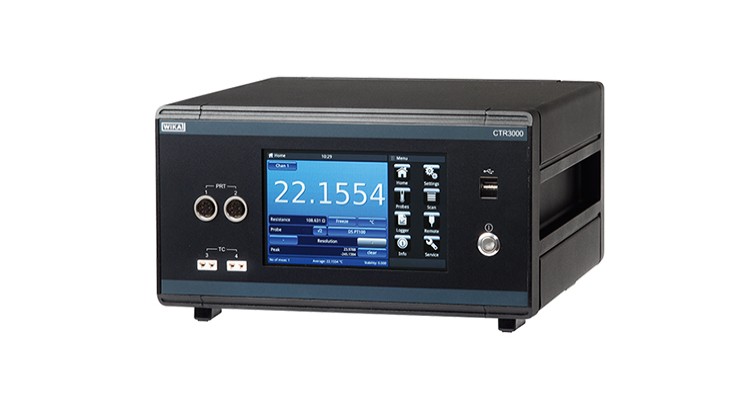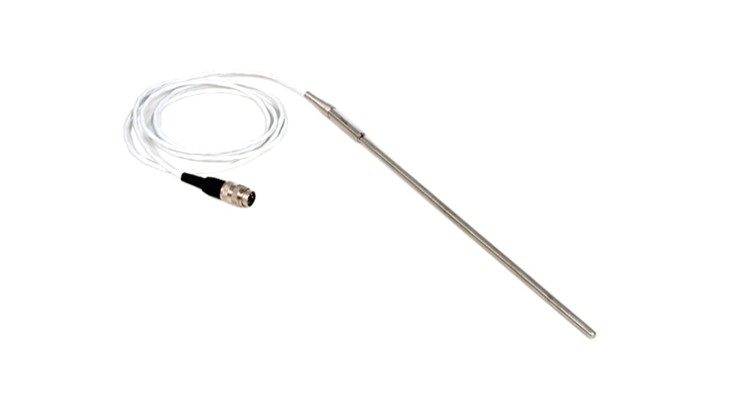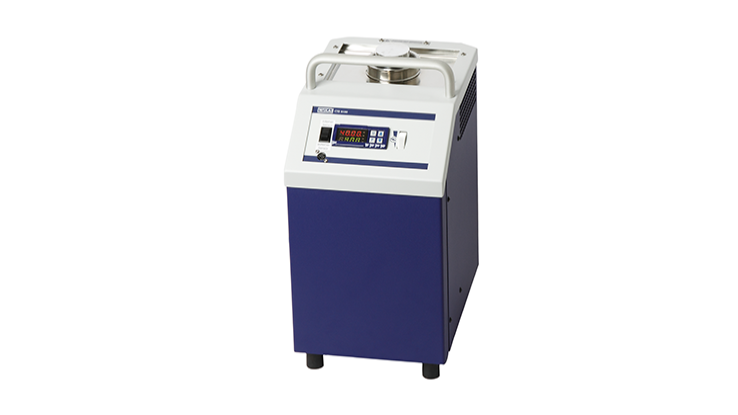Temperature Calibration
Temperature calibration can be accomplished in a variety of ways and with various degrees of accuracy. As with any calibration, a standard must be used. The standards used in temperature calibration can come in different forms but must be certified with an accuracy that is traceable to a national standard. In industrial applications temperature calibration usually involves thermistors, thermocouples or Platinum resistance thermometers (PRTs), also called resistance temperature devices (RTDs). These are devices used to accurately measure temperature. Readings from these devices can be compared with less accurate field temperature sensors and used to evaluate the viability of those devices or to perform a temperature calibration.
Practical Temperature Calibration
The temperature calibration usually consists of an 'as found' check to make sure the temperature probe is within the calibration tolerances. If a probe is found to be out of tolerance it is typically replaced with a new probe that is in tolerance. Alternatively, offsets to correct the out of tolerance condition can be made directly to the electronic transmitter connected to the temperature sensor. The cost of the temperature probe verses the cost of adjusting the transmitter should be considered in determining the most feasible method. In either case, the temperature calibration should be conducted over the specified range of the sensor or its range of application.
Not a Temperature Calibration:
Simply reading the temperature from a temperature sensor using a RTD or a thermocouple indicator and then checking the in line field indicator to see if the reading are the same is not a temperature calibration. Simulating that temperature output to a read out device is a good check that the readout is showing the correct reading for a given output for an RTD or Thermocouple, but this also is not a Temperature calibration. A temperature calibration can only be performed by comparing a known standard, in a stable temperature environment to the probe being tested.
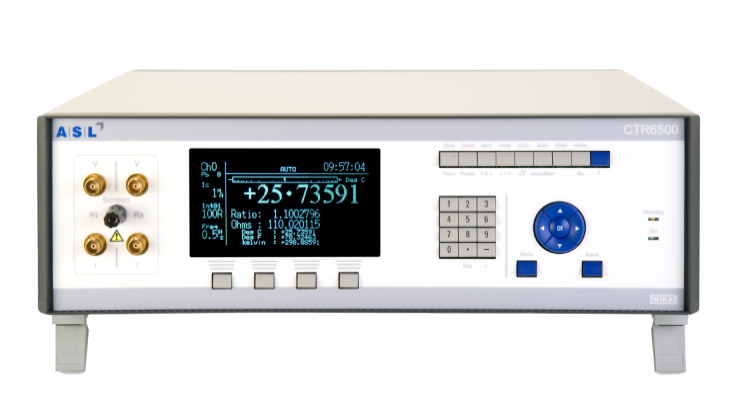
Resistance Thermometry Bridges
Temperature Calibration Equipment
To perform a temperature calibration one needs a stable and adjustable source of temperature to generate temperatures over the range of the device being calibrated. There are several ways to do this. WIKA calibration baths and dry blocks can provide range of stable temperatures. After a stable temperature is reached, one must have an accurate way to measure that temperature and compare that measurement to the device being tested. WIKA precision thermometers (previously branded ASL) can indicate the temperature from a standard probe then the output from the test probe (immersed in the same temperature bath or dry block) can be compared and recorded in the temperature calibration document. With these Wika Instruments, temperature calibration is possible in ranges from -200 … +1,300 °C (control range -55 … +1,100 °C).
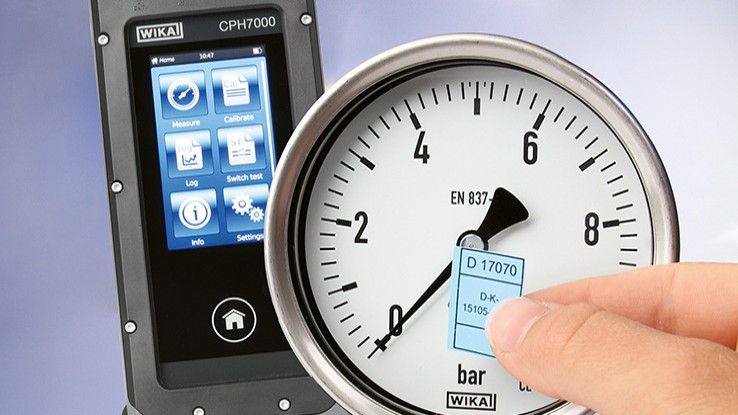
Need instruments calibrated?
What are the Common Industries that Use Temperature Calibration?
Temperature calibration can be commonly found in industries such as metrology, aerospace, manufacturing and healthcare. Calibration labs use laboratory temperature calibration equipment to verify accuracy and reliability for scientific purposes.
What are common industrial temperature calibration solutions?
Some common solutions for temperature calibration in the manufacturing sector, include dry block calibrators and liquid baths. When choosing industrial temperature calibrators, you would have to consider certain factors such as accuracy and temperature range.
How to find the ASL products under WIKA?
New product designations for the ASLproduct portfolio:
The company ASL, a leading manufacturer of AC resistance bridges and high-accuracy hand-held thermometers, has been part of the WIKA Group since January 2013.
With this acquisition the product ra ...
moreWhat are the differences between dry well calibrators and calibration baths, and what are their advantages and disadvantages?
Dry well calibrators and calibration baths are both temperature calibrators. As their names imply, one uses a dry medium (air) for calibration, and the other uses a liquid medium.
Dry well calibrators, also called dry block calibrators, have an inse ...
moreIn temperature calibration, what is a radial gradient?
A radial gradient is the temperature difference between the individual bores of an insert of a dry well calibrator (portable temperature calibrator).

